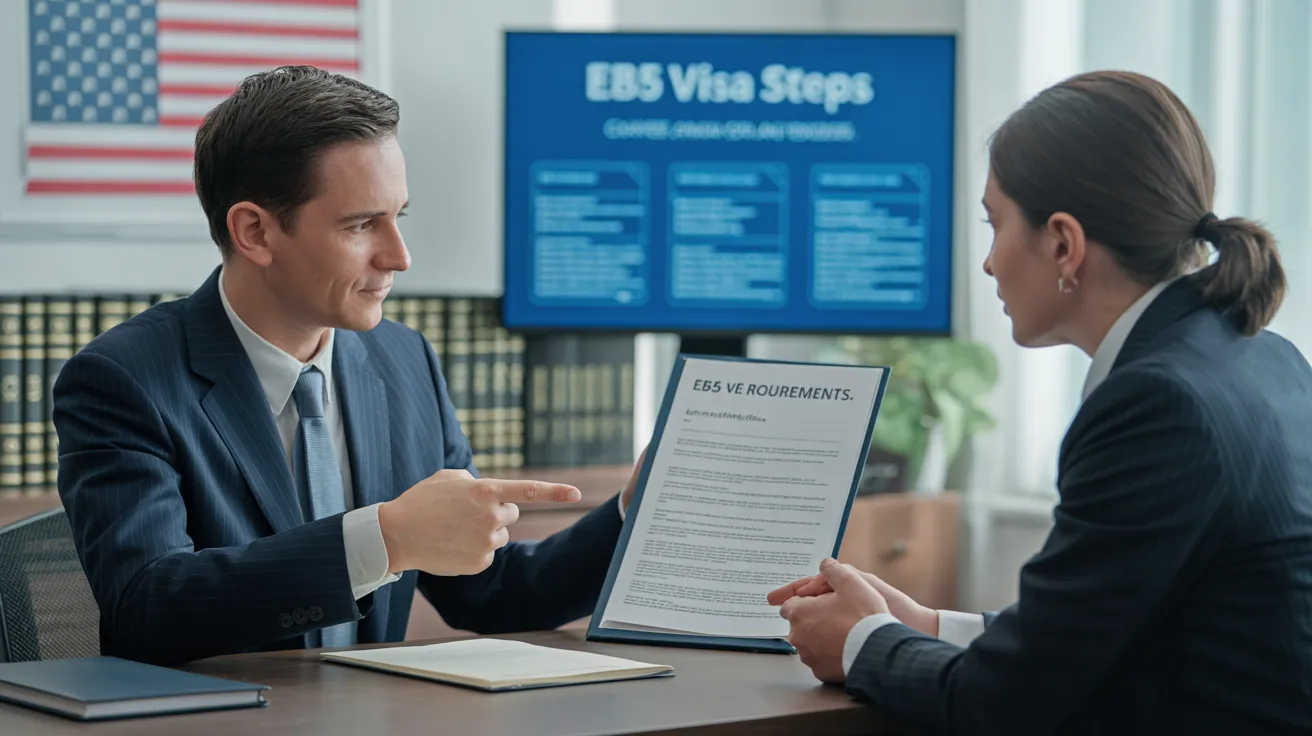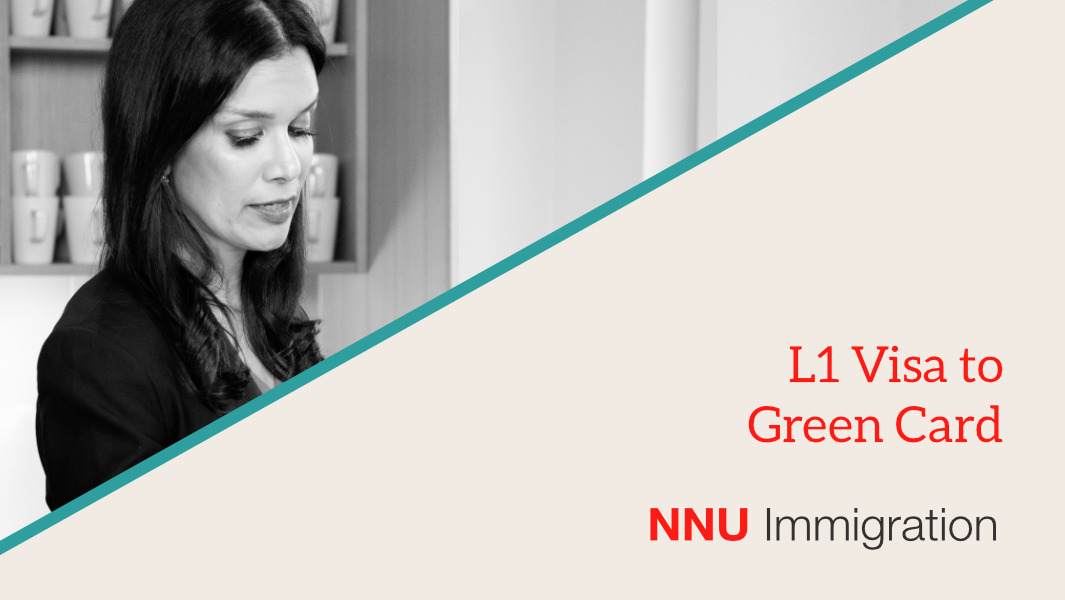L1 Visa Process
Examine This Report on L1 Visa
Table of Contents3 Simple Techniques For L1 VisaUnknown Facts About L1 VisaExcitement About L1 Visa6 Easy Facts About L1 Visa DescribedThe Main Principles Of L1 Visa The Main Principles Of L1 Visa
Readily Available from ProQuest Dissertations & Theses Global; Social Scientific Research Premium Collection. (2074816399). (PDF). Congress. (PDF). DHS Office of the Inspector General. (PDF). (PDF). "Nonimmigrant Visa Stats". Recovered 2023-03-26. Division of Homeland Safety And Security Office of the Examiner General, "Testimonial of Susceptabilities and Possible Abuses of the L-1 Visa Program," "A Mainframe-Size Visa Loophole".
United State Department of State. Gotten 22 August 2016. "Employees paid $1.21 an hour to mount Fremont tech company's computers". The Mercury Information. 2014-10-22. Retrieved 2023-02-08. Costa, Daniel (November 11, 2014). "Obscure short-lived visas for foreign tech employees depress salaries". The Hillside. Tamen, Joan Fleischer (August 10, 2013). "Visa Holders Change Workers".
Not known Facts About L1 Visa
In order to be eligible for the L-1 visa, the foreign company abroad where the Beneficiary was employed and the U.S. business have to have a certifying partnership at the time of the transfer. The different types of certifying relationships are: 1. Parent-Subsidiary: The Parent suggests a company, company, or other lawful entity which has subsidiaries that it owns and regulates."Subsidiary" indicates a company, corporation, or various other legal entity of which a moms and dad possesses, directly or indirectly, greater than 50% of the entity, OR possesses less than 50% however has management control of the entity.
Business A has 100% of the shares of Business B.Company A is the Parent and Firm B is a subsidiary. There is a qualifying connection between the 2 firms and Firm B must be able to sponsor the Beneficiary.
Company A possesses 40% of Company B. The continuing to be 60% is possessed and controlled by Firm C, which has no relation to Company A.Since Company A and B do not have a parent-subsidiary connection, Business A can not sponsor the Recipient for L-1.
Example 3: Firm A is integrated in the U.S. and desires to request the Beneficiary. Firm B is integrated in Indonesia and uses the Recipient. Firm A has 40% of Firm B. The staying 60% is owned by Business C, which has no connection to Company A. However, Business A, by official agreement, controls and complete manages Company B.Since Business An owns much less than 50% of Company B however manages and controls the company, there is a qualifying parent-subsidiary connection and Company A can fund the Recipient for L-1.
The 6-Second Trick For L1 Visa
Associate: An associate is 1 of 2 subsidiaries thar are both had and regulated by the same moms and dad or person, or owned and regulated by the exact same group of individuals, in primarily the very same proportions. a. Instance 1: Business A is incorporated in Ghana and uses the Recipient. Business B is included in the united state
Firm C, likewise incorporated in Ghana, has 100% of Firm A and 100% find out more of Company B.Therefore, Firm A and Business B are "affiliates" or sister firms and a qualifying relationship exists in between the two companies. Firm B should have the ability to sponsor the Recipient. b. Instance 2: Company A is integrated in the united state
Firm A is 60% had by Mrs. Smith, 20% had by Mr. Doe, and 20% owned by Ms. Brown. Company B is integrated in Colombia and presently uses the Recipient. Firm B is 65% had by Mrs. Smith, 15% owned by Mr. Doe, and 20% owned by Ms. Brown. Company A and Company B are associates and have a qualifying connection in two different means: Mrs.
The L-1 visa is an employment-based visa group developed by Congress in 1970, allowing multinational firms learn more to move their managers, executives, or key personnel to their U.S. operations. It is generally referred to as the intracompany transferee visa. There are 2 primary sorts of L-1 visas: L-1A and L-1B. These kinds appropriate for staff members worked with in various settings within a firm.

In addition, the beneficiary should have worked in a managerial, executive, or specialized staff member setting for one year within the 3 years coming before the L-1A application in the international firm. For brand-new office applications, foreign work has to have remained in a managerial or executive capability if the beneficiary is concerning the United States to work as a supervisor or exec.
More About L1 Visa

If approved for a united state company functional for even more than one year, the initial L-1B visa is for as much as 3 years and can be expanded for an extra 2 years (L1 Visa). Conversely, if the L1 Visa requirements U.S. business is freshly established or has been functional for much less than one year, the initial L-1B visa is released for one year, with extensions available in two-year increments
The L-1 visa is an employment-based visa group established by Congress in 1970, permitting multinational business to move their supervisors, execs, or vital personnel to their U.S. operations. It is generally described as the intracompany transferee visa. There are 2 main sorts of L-1 visas: L-1A and L-1B. These types appropriate for staff members worked with in different positions within a company.
Top Guidelines Of L1 Visa
Additionally, the recipient has to have operated in a managerial, executive, or specialized staff member placement for one year within the 3 years preceding the L-1A application in the international firm. For new workplace applications, international employment must have been in a managerial or executive ability if the recipient is coming to the USA to function as a supervisor or executive.
for approximately 7 years to manage the operations of the U.S. associate as an exec or supervisor. If provided for an U.S. firm that has actually been operational for greater than one year, the L-1A visa is at first granted for approximately 3 years and can be extended in two-year increments.
If granted for a united state company functional for even more than one year, the initial L-1B visa is for up to 3 years and can be prolonged for an additional 2 years. Alternatively, if the united state company is newly developed or has been operational for much less than one year, the first L-1B visa is issued for one year, with expansions offered in two-year increments.